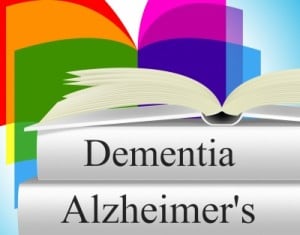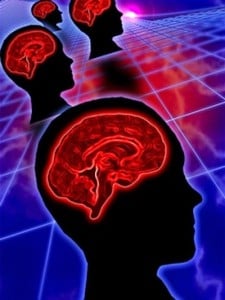Neurofeedback has proven to be an effective and durable treatment to improve brain function without the use of medications. The process of retraining your brain is painless, noninvasive, and can treat a variety of issues including learning disabilities, behavioral issues, accident-related injuries, medical problems, psychological disorders, performance disability, and physical manifestations.
For the majority of neurotherapy patients, completion of treatment means maintaining improvements durably and indefinitely. There are some situations where a few follow up neurofeedback sessions can be highly effective. We refer to these sessions as boosters, and they can be utilized for the following cases and goals.









